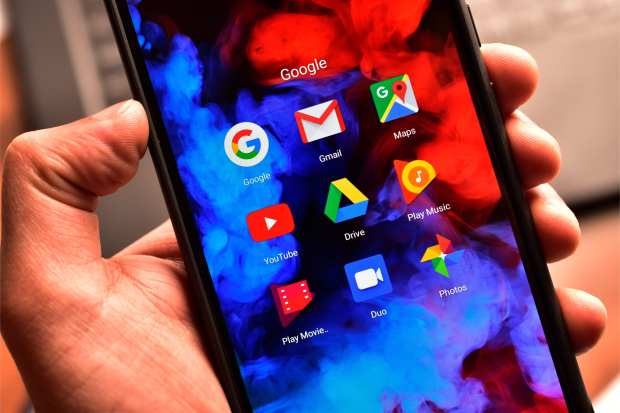Google Launches Mobile Plan Browse, Recharge Feature In India

For Google — and specifically for Google Pay — India’s continued push into digital payments offers a tremendous greenfield opportunity, and perhaps a roadmap to help shape (digital) go-to-market efforts in other parts of the globe.
Amid several months of new service and product rollouts and refreshes spanning several months, Google said earlier this week that it has debuted a new feature that lets users in India browse mobile device plans and recharge prepaid plans using Google Search.
The offering covers service plans from companies such as Jio, Vodafone and Airtel, among others.
The tech giant has said the new offering is available to users that have signed in across their Android devices.
That’s a fairly large market, considering the fact that, as noted in this space late last year, Android users make up 98 percent of smartphone users in the country. That represents an installed base, technologically speaking, that is ready to embrace new offerings across the operating system.
In terms of payment, users can select a recharge offer and opt to pay — through Google Pay, yes, but also through other providers such as Mobikwik, Paytm and FreeCharge.
The announcement should be viewed with a wider lens, as it comes the same week that, in the earnings announcement for parent company Alphabet, CEO Sundar Pichai said Google is taking lessons it has been learning from its forays into India to inform the ways it develops its digital payments offerings.
He told analysts on the earnings conference call, “We had a tremendously successful launch in India from which we a lot of features, and we are bringing that and we are revamping our payments products globally.”
Examining India’s Lessons
Pichai said lessons from the success of the unified payments interface (UPI) platform have influenced the course of product development.
Google said at the end of last year that it had tripled its user count in India through September 2019 on a trailing 12 month basis, to 67 million individuals, up from 22 million. That comes in tandem as UPI saw a December transaction count of 1.3 billion transactions, up more than 7.3 percent sequentially.
The latest offering, which streamlines recharging efforts, does a few things concurrently: It helps keeps individuals in India using their mobile devices, which in turn keeps them transacting over these same devices, which in turn cements relationships between end users and, well, Google, of course.
In other examples of fostering a user mentality that links various functions of everyday life to Google Pay in automatic function, Google Pay India said last week that has announced its apps tied to Android and iOS now support FASTag accounts for recharging and for payments. FASTag is the electronic toll collection system that in turn is operated through the National Highway Authority of India.
Google’s scale and reach in India is borne out by stats that show that among UPI applications, Google’s share was 59 percent in 2019. PhonePe, owned by Walmart, trailed at 26 percent.
Among UPI apps, Google Pay contributed 59 percent and Walmart-owned PhonePe facilitated 26 percent, as reported by LiveMint.
Pichai’s statement this month that India might offer lessons for digital initiatives elsewhere was presaged in commentary by the company aimed squarely at the US. As reported in December, Google recommended that the U.S. Federal Reserve implement a real-time payments platform that takes its cues from UPI in India.
In a letter to Federal Reserve, Google Vice President of Government Affairs and Public Policy Mark Isakowitz stated, “After just three years, the annual run rate of transactions flowing through UPI is about 19 percent of India’s Gross Domestic Product,” adding that “UPI was thoughtfully planned and critical aspects of its design led to its success.” Google in turn recommended the Fed follow a similar model for open payments, and that FedNow should allow for both push and pull transactions.
